Whilst breaking and rare sneakers have always gone hand in hand, Nike has created something dedicated to the scene as it makes the transition into becoming a sport.
Whilst they have not quite dropped yet, the Nike Jam has caused quite a stir for being a vivid throwback, which certainly fits the late 1970s and 1980s origins of breakdancing as a movement and an art form.
With B-boys and B-girls such as Sunny Choi set to compete in the very first Olympic Breaking events, it is perhaps not surprising that Nike Jams will be adoring the feet of athletes in another new discipline.
Why A Breaking Shoe?
For the famous swoosh, the 2024 Olympic Games in Paris are an opportunity for Nike to reestablish themselves as the dominant brand in athletics and sports after a series of embarrassing controversies surrounding its MLB and athletics apparel.
Working with Sunny Choi on the design, some of the more notable elements of the Nike Jam are coded nibs on the sole that allow a breaker to know what part of the foot they’re touching, a slicker rubber on the toe knuckle to allow for slide moves and a slightly curved sole to allow for slight rolls of the ankles.
In most sports, ankle support is vital, but for some of the moves and routines in breaking, that range of motion is more required.
Other than that, the Nike Jams are fascinatingly and refreshingly retro, with flat bottom soles and a look that would not be out of place on a classic Air Max or an Air Jordan VIII, with most of the technology seen with their other sneakers stripped out and replaced by thick textiles to survive dancing on concrete.
It can be incredibly easy to overthink sneaker design, particularly in sports where it seems like every possible innovation has already been done, but going back to go forward is a very good step, not just for the sport of breaking but for Nike itself.
Interestingly, whilst this is the first-ever Nike breakdancing shoe, it is not the first ever dedicated shoe for b-boys and b-girls.
What Were The Break Shoes Of Choice?
When breaking was still an underground and growing tradition, the shoes of choice typically depended on what type of dancer you were, as different shoes allowed for a focus on different moves.
In general, however, flat soles and low tops were the norm. When breakdancing first spread to the UK, the Adidas Superstar was the shoe of choice, and they were the only choice in the early New York hip-hop scene.
Converse sneakers, not just the almighty All-Stars but later The Weapon, were also very popular for the same reason, as were flat-sole versions of the Reebok Classic.
The most interesting shoes of the early breaking scene were from Vans. Whilst the flat soles and wide platforms of the classic skater shoe would naturally translate to good breakdancing shoes, Vans went one step further and made the first sneakers designed purely for breakdancing.
Two exceptionally rare dedicated breakdancing shoes from 1984, Vans Breakers (only for the elite, of course) were sold through mail order and in the very small number of niche stores that catered to breakdancing.
They even had a dedicated breaking team that travelled around Anaheim giving demonstrations, although given how rare they are and how they sell for close to £700, it is clear that they, unfortunately, did not sell all that well.
Vans took a very different route than the Nike Jams, not least by having a radically different sneaker design that looks like a cross between a high-top and a bowling shoe, complete with a higher toe.
Not being able to sell breakdancing sneakers in the year that two Breakin’ films released, including the almighty language-changing Electric Boogaloo, is akin to struggling to sell water during a heatwave.
It is less a reflection of the Breakers and more of Vans themselves, who were struggling to compete with competition from Nike’s Air Ship and would ultimately declare bankruptcy in 1984, making a resurgence in 1991 that has continued ever since.
Vans are still a popular brand in breaking regardless, as are Adidas, Reebok and Puma, but given that it is as much about personal expression as it is about practicality, a lot of sneakers will work as breakdancing shoes depending on what style of dance you go for.
That has made designing the Nike Jams so tricky and why it took four solid years of development and seven years total to finally find a sneaker good enough for the Olympics.





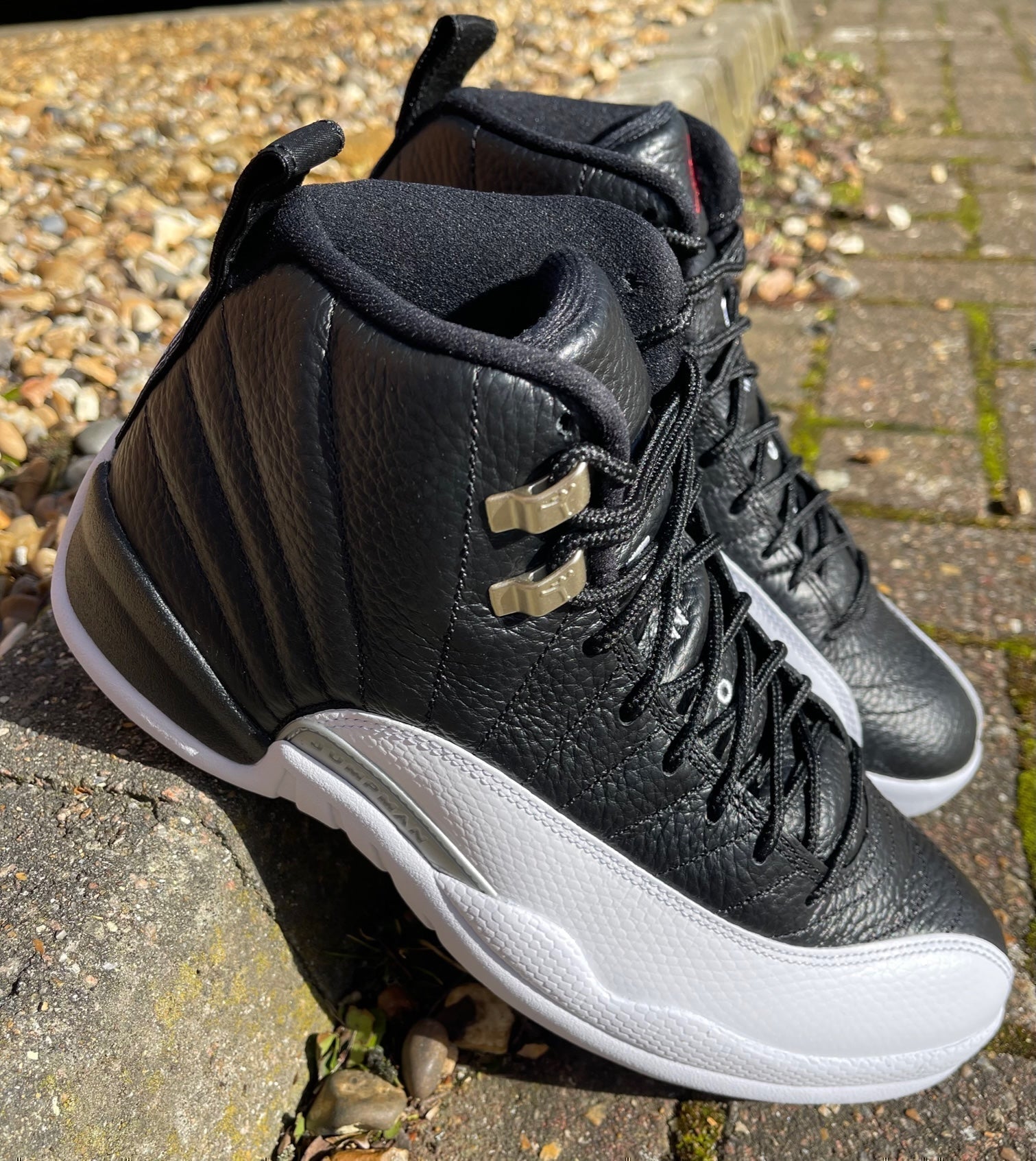
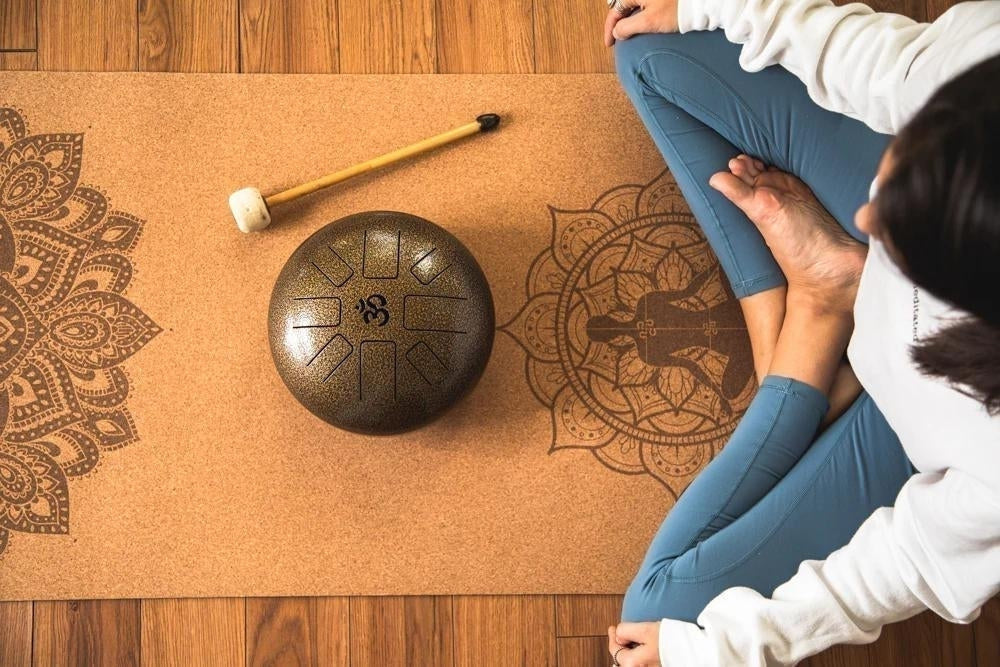
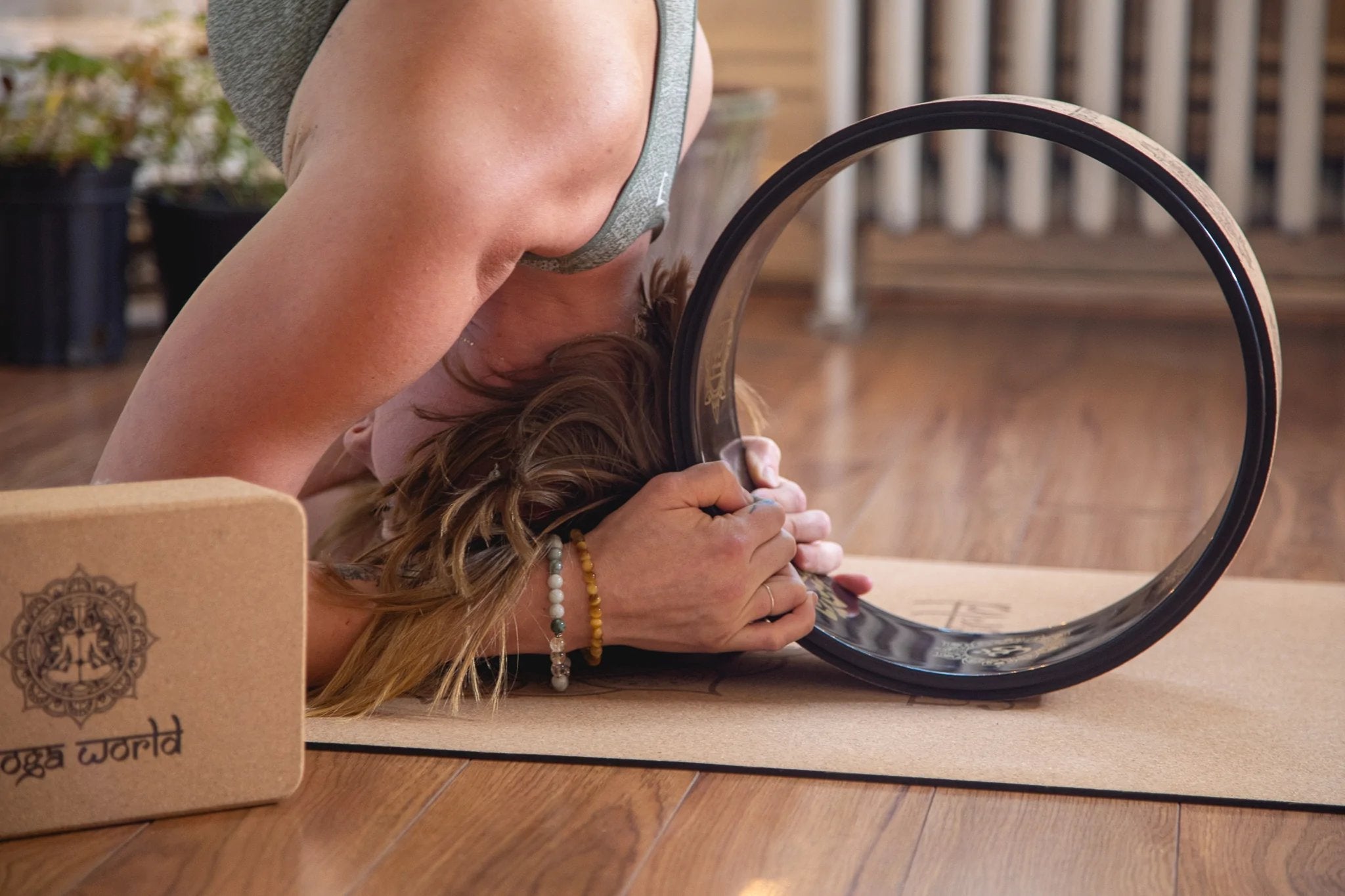
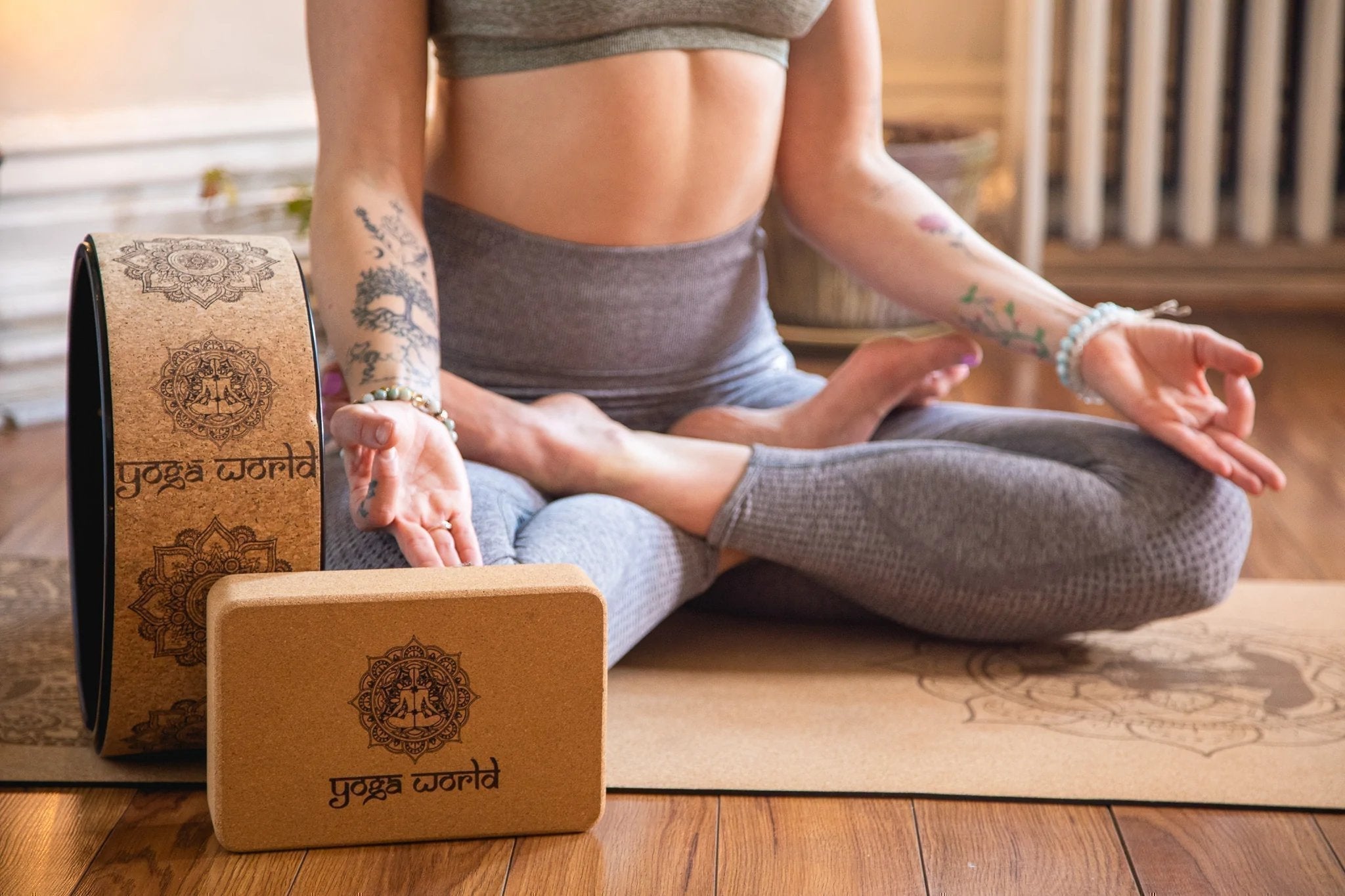
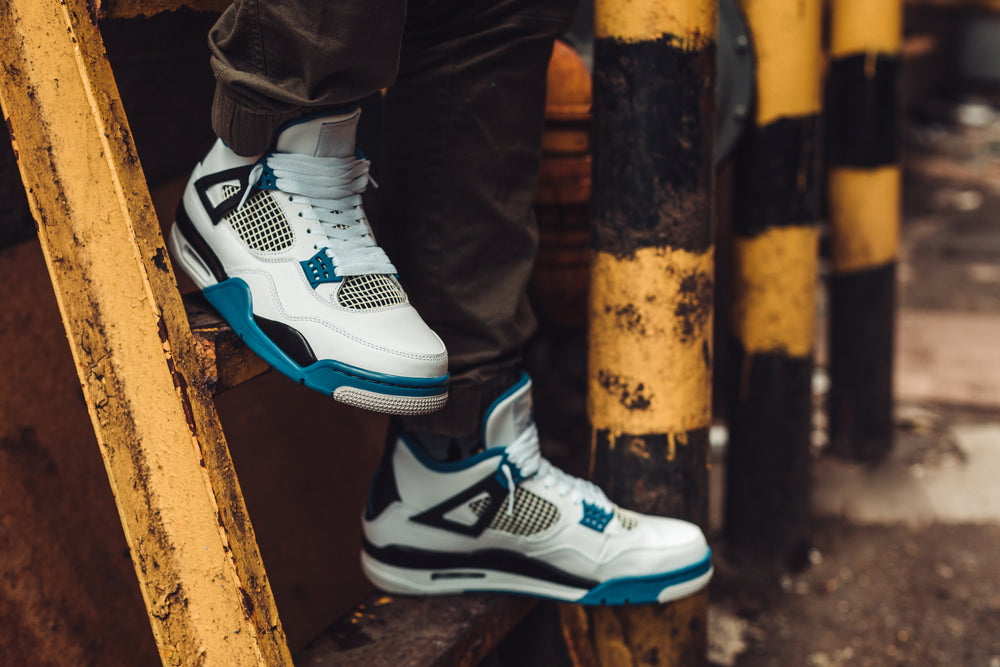




Leave a comment